Khatchig Mouradian is the Armenian and Georgian Area Specialist at the Library of Congress and a lecturer in Middle Eastern, South Asian, and African Studies at Columbia University. He also serves as Co-Principal Investigator of the project on Armenian Genocide Denial at the Global Institute for Advanced Studies, New York University. Mouradian is the author of The Resistance Network: The Armenian Genocide and Humanitarianism in Ottoman Syria, 1915-1918, published in 2021. The book has received the Syrian Studies Association “Honourable Mention 2021.” In 2020, Mouradian was awarded a Humanities War & Peace Initiative Grant from Columbia University. He is the co-editor of a forthcoming book on late-Ottoman history, and the editor of the peer-reviewed journal The Armenian Review.
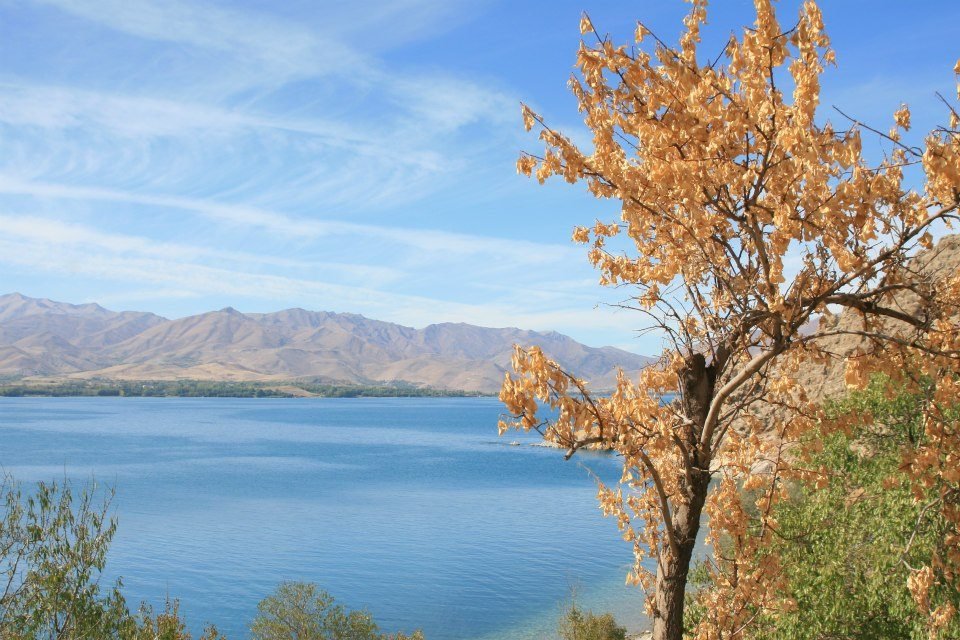
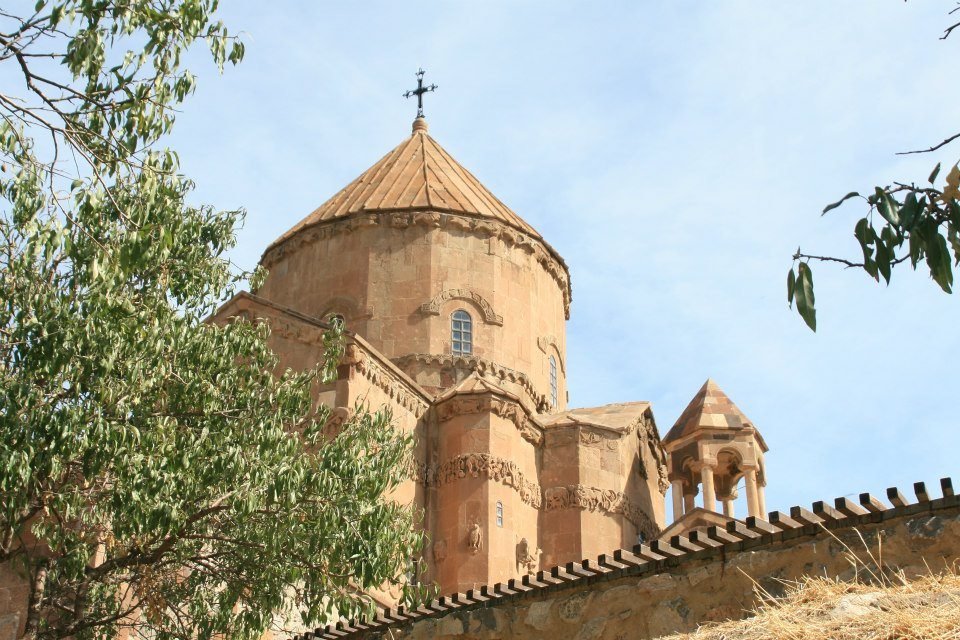
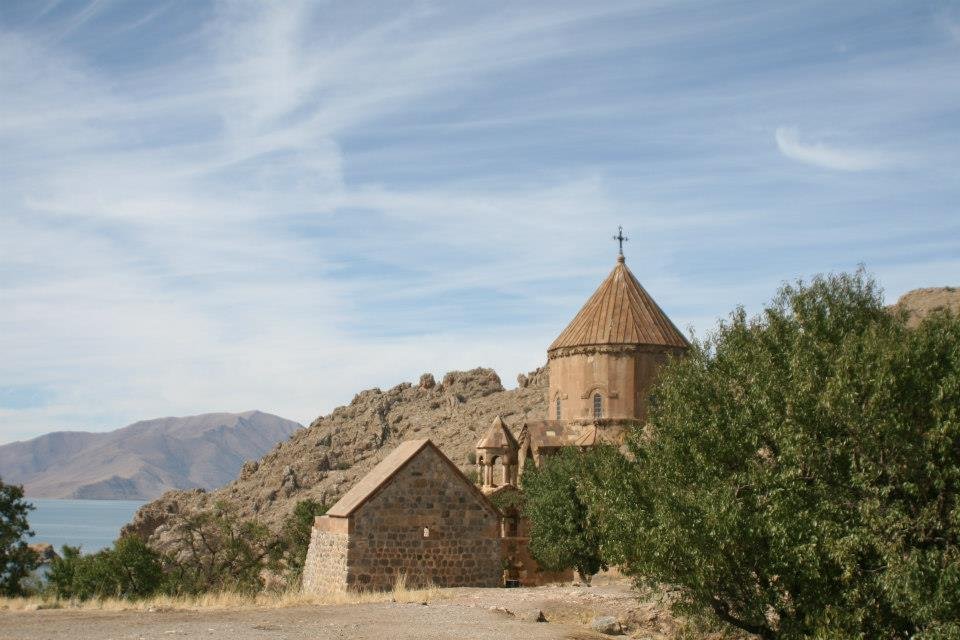




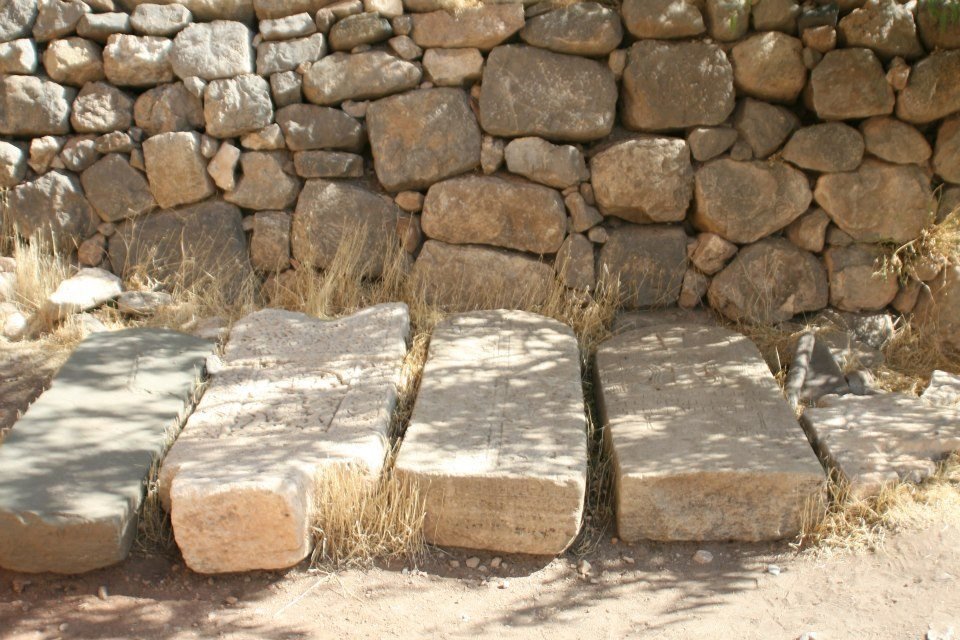
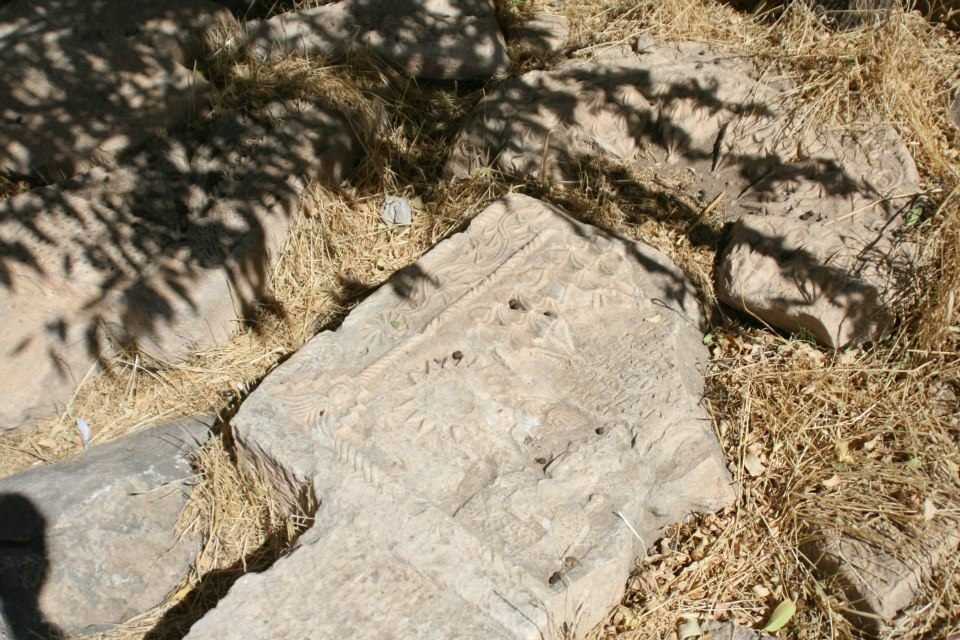
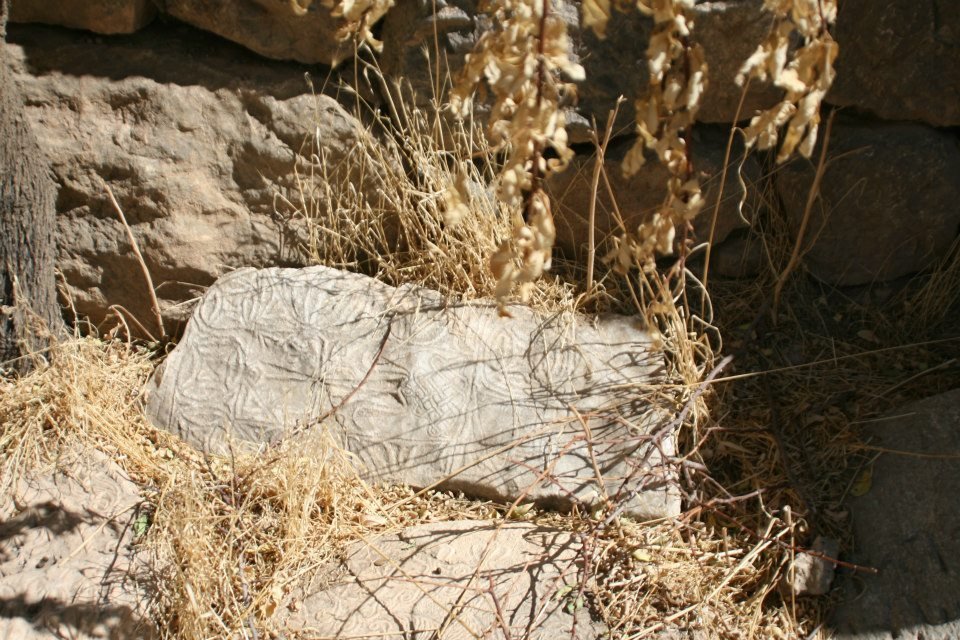
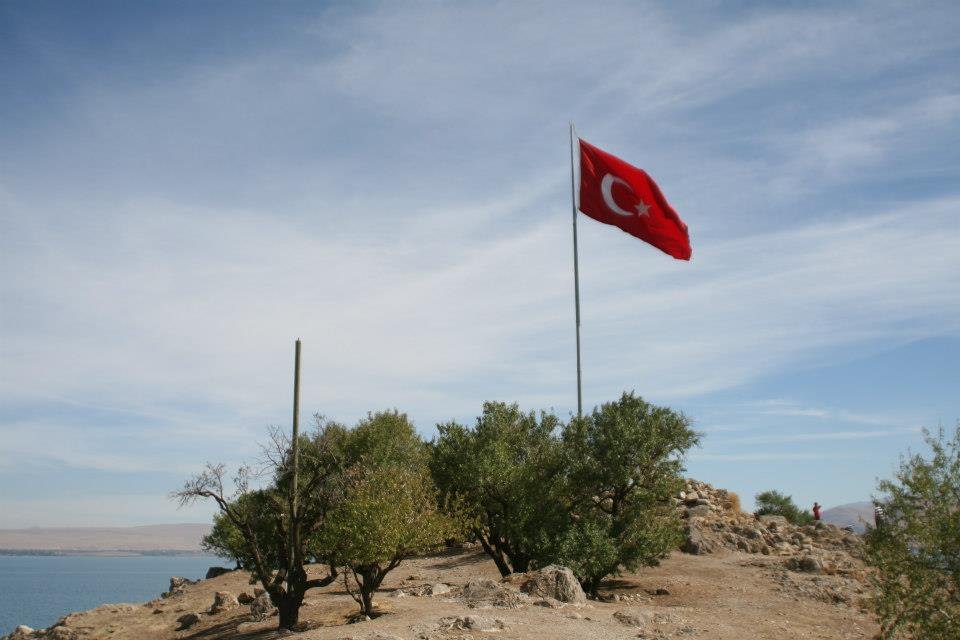


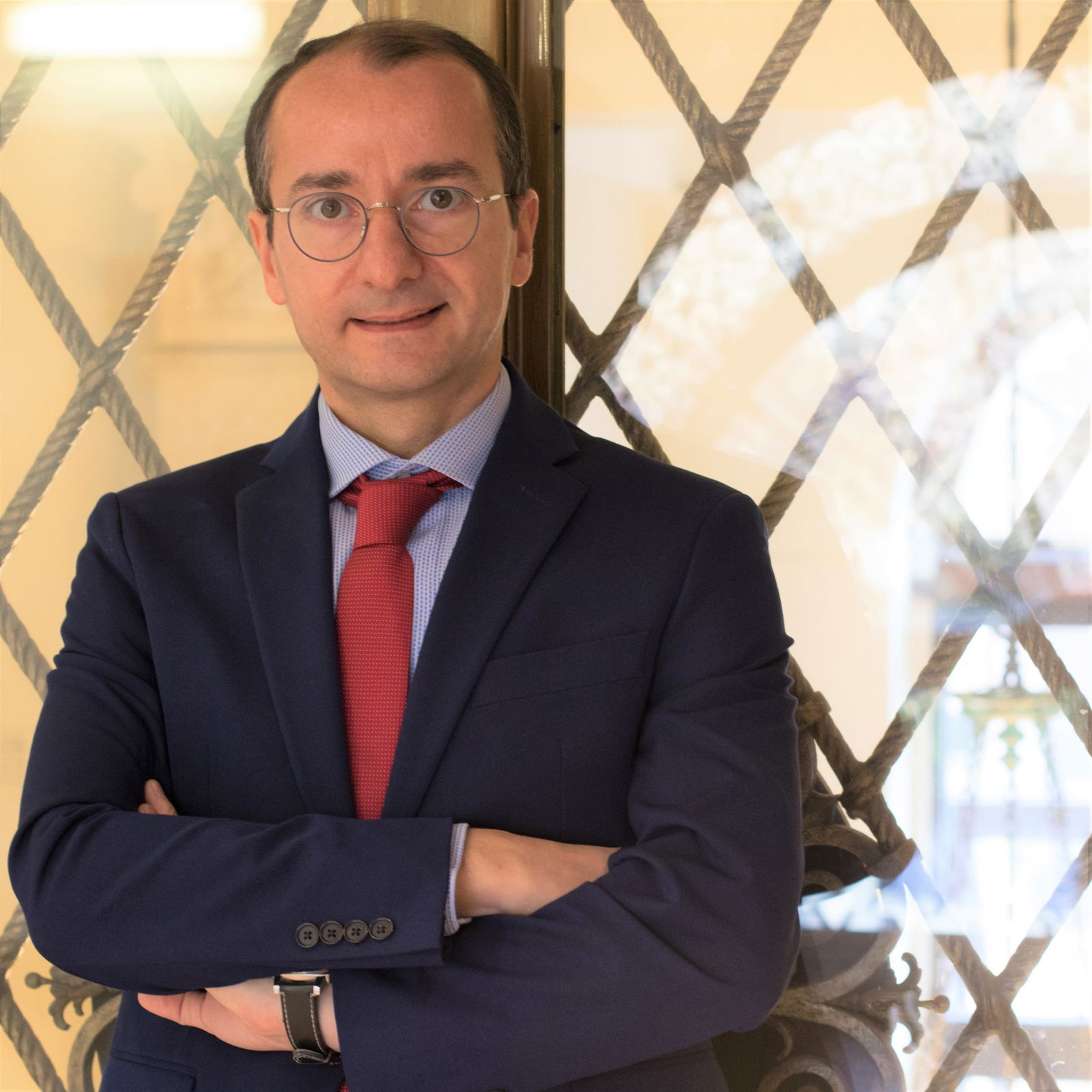
You can always come to visit Akdamar. I am not sure how you can obtain a Turkish visa though. You figure this out.
Ahmet —
The Armenian island on Armenian lake Van in the once Armenian-populated province of Van is called Akhtamar not Akdamar. What’s wrong with you, Turks, distorting all original toponyms and names given to many places in modern-day Turkey by their indigenous inhabitants? Constantinople-Istanbul, Ararat-Agri Dag, Akhtamar-Akdamar. Insecurity or realization of the fact that the lands, the structures, and the inhabitants were never originally Turkish?
You are also always welcomed to visit your own homeland in Mongolia and the Altai mountains. It would be nice if everyone went back to where they came from, wouldn’t it?
ps… you know what that Turkish flag means? It means “We Turks had absolutely nothing to do with this land and we are a bunch of illegal immigrants who committed genocide”.
Kevork,
I love my homeland in Central Asia and I am proud of those places. My ancestors still live there; Uzbeks, Kyrgiz, Kazakh. Actually I visited Uzbekistan in 2005. Beautiful!
Turkey happens to my second homeland. And will always be.
By the way you live in USA right?
Ahmet,
We all originate in Africa, but its a myth that your homeland is in Central Asia genetically. Anatolian Turks are acculturated Armenians, Greeks, Assyrian, Arabs and Slavs: the average genetic distance between self-identified Turks and these ancestor groups is smaller, much smaller, than between Central Asian and Anatolian Turks.
No, Ahmet– Turkey is your made-up homeland (only from 1923 onwards) formed at the expense of ancestral homeland of native Christian peoples, stolen from them and emptied from them in a series of genocidal acts. There will be punishment for your barbaric crimes, make no mistake! In the meantime, why won’t yo go live in the place of your nomadic origin: the Central Asian steppes and the Mountains of Altay?
Beautiful photos of Armenia,
As we say, “yerani ko achkerin”. Beautiful pictures, at least we can now visit and see our history. Let’s hope one day soon, we’ll have more free access to our historical sites. Thanks.
Khatchig…. You are a patriot and cultural advocate of our people.As a journalist, you are performing the most important task superbly…… To keep people informed. Thank you for the variety and the integrity of the medium under your leadership.
My heart aches when I see these pictures for lost Western Armenia, but is also filled with hope as we continue to pursue our rights. God bless you!
Khachig…Thanks for beautiful photos…
Every literate should read and know this …
“The largest flag on earth can tear…fly
By the storms …winds…and heavy rains…
But Akhtamar will remain Akhtamar …
Through centuries…”
Armenians will remain Armenians
By their Honest Artful Gifted Genes
Seljuks will remain Turks
Sharpening their scimitars
Genociding the humanity…civilization and the greens…!
SP
this flag isn’t only in Van which is an ancient turkish region but you can find it prety much everywhere even in Bosphorus .by the way Turkey doesn’t need to prove that Van or Adana belong to Turkey. It is only in your delusional mind that Turks want to prove something. Turks even do not realize that these places are belong to Turkey.
john the turk,
Are you saying that Armenians came to Turkish lands to build a church?
You’re admitting that all this became Turkish because Turks took it away from others, and sealed the deal a century ago with death and destruction.
Do you understand the history of the lands you call Turkey?
John the Turk,
I like how you want to present yourself as an educated and well-read person and then out of the blue you say something that only a brainwashed and extremely illiterate Turk can say. When pigs can fly on their own, Van will become an ancient Turkish region. Until then it will be an ancient Armenian land.
BTW, do not hesitate to spare us your “wisdom” from time to time on those pages.
By viewing the pics didn’t you recognize the Holly Cross high in the skys on top of the dome (kmpet)?
Good for you Harot. Something for you to be happy for.
There are thousands of mosques with crescent on top in Europe. I guess I must be proud of this too. :-)
Ahmet, except that mosques in Europe are the result of Europeans’ religious tolerance for Muslim immigrants, whereas the Holy Cross is a minor restoration of the historical presence of the Armenians on their native lands before the 1915 savagery of the Turks. Got the difference?